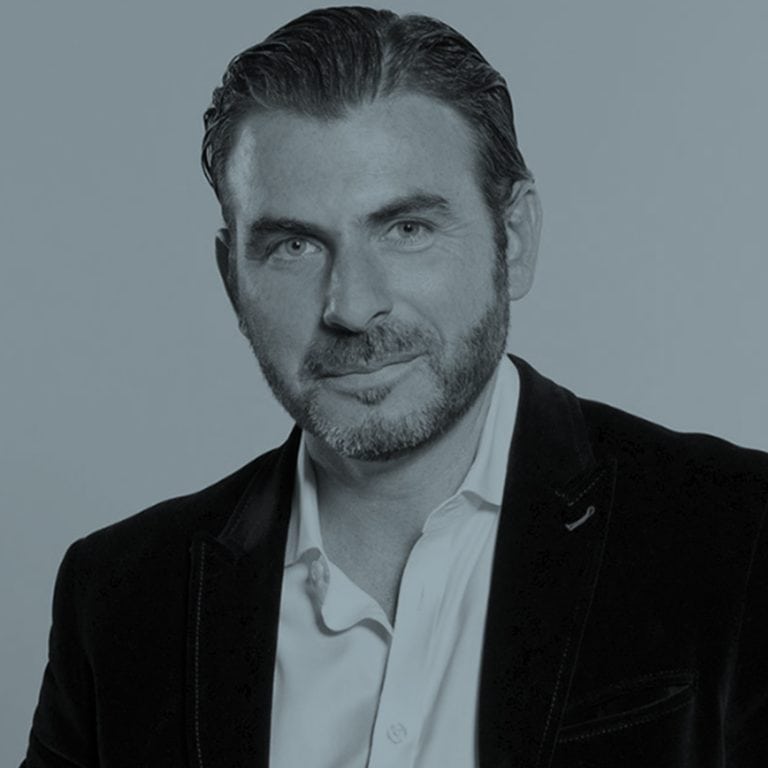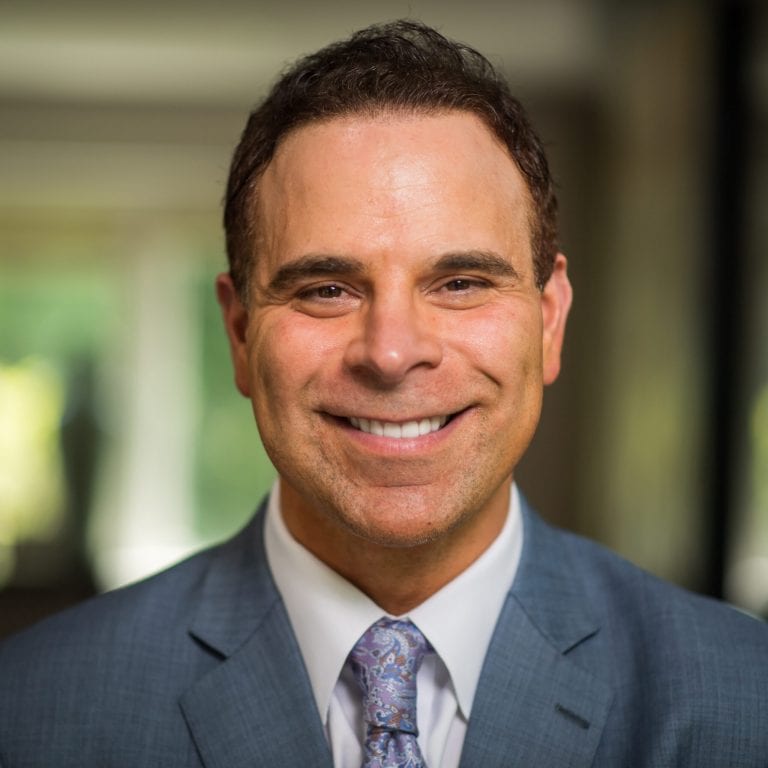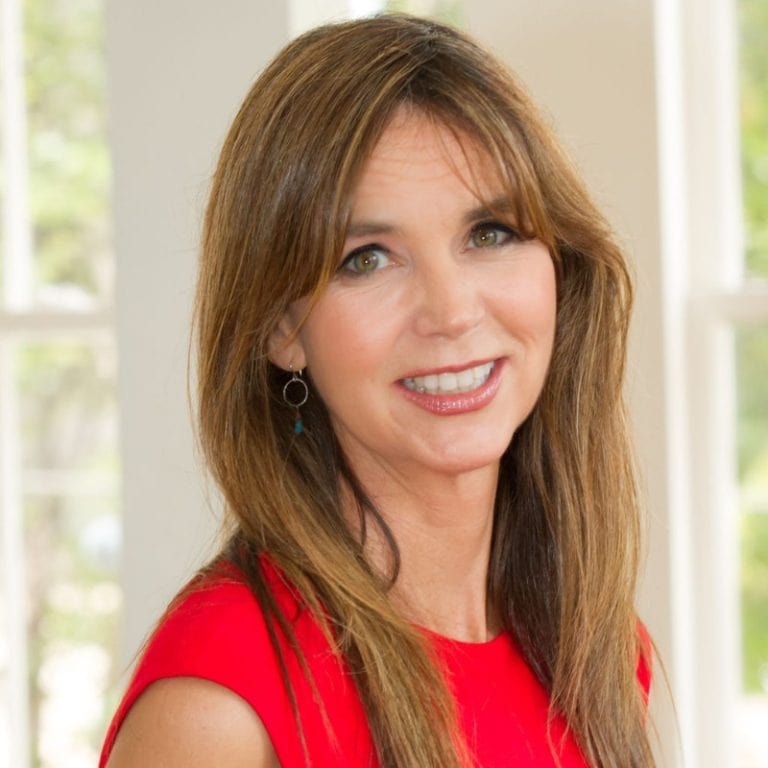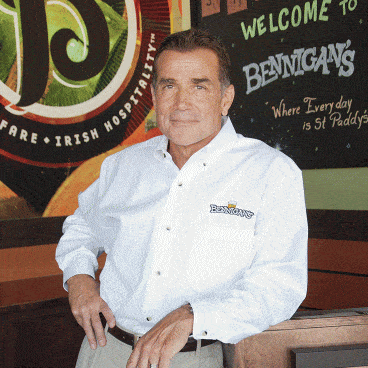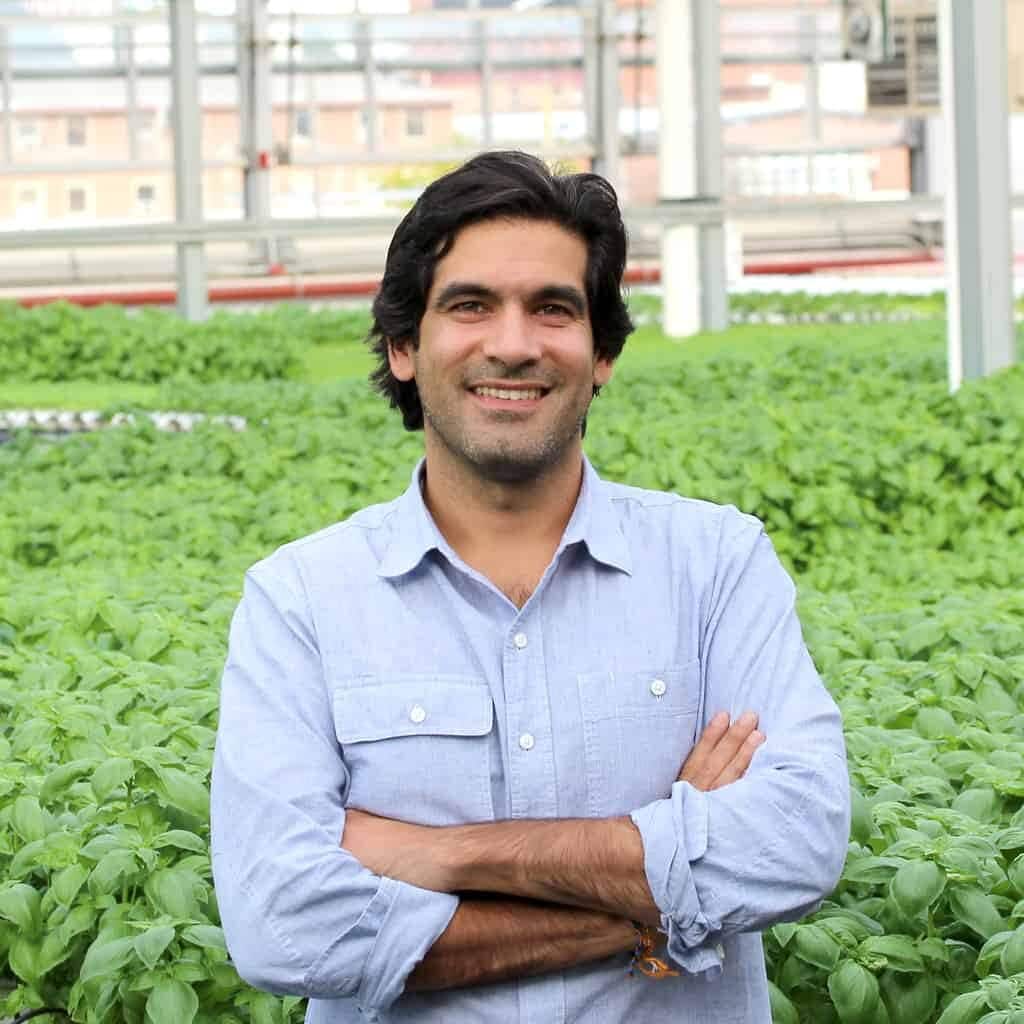
September 20, 2022
Viraj Puri, Co-Founder and CEO of Gotham Greens
Rebooting Farming with AI, Not Dirt – Viraj Puri – Gotham Greens
Over a decade ago, Gotham Greens CEO, Viraj Puri, had a bold vision that would reboot indoor agriculture with AI, data-driven hydroponic systems that would run on 100% renewable electric powered greenhouses using 90% less water and land. Started on a rooftop in Brooklyn, Viraj expanded his vision into a scalable Certified B Corporation, with a nationwide network of greenhouses that grow and distribute leafy greens, herbs, salad dressings and sauces. With a 26% year-over-year sales increase in leafy greens (vs. 3% category growth) Gotham is just getting started and is positioned well to expands its market reach and product mix.
Fresh off his $310 M Series E round, with BMO Impact Investment Fund, Ares Management, Commonfund, RockCreek, Kimco Realty Corporation, Manna Tree Partners and The Silverman Group—and the acquisition of FreshH2O—I invited Viraj to the Reboot Chronicles podcast to unpack his growth plans and learn how Gotham is rebooting the food industry.
Farm to Shelf on Steroids
A decade ago, there were misconceptions that soil is needed and that urban indoor farming couldn’t scale. Fast-forward ten years and restaurants, grocery, food service and local supply organizations rely on the fresh and quick turnarounds that hyper-local decentralized farming delivers.
Leaning into disrupting transit times, Viraj and his team adopted a novel approach to growing fresh produce close to urban mass-market consumers, with products that don’t age while they travel thousand of miles.
“The vast majority of fresh fruits and vegetables that you would buy or find in a supermarket will be transported an average of 4000 Miles to get from the farm into the supermarket. Much of that fresh produce is being transported into refrigerated planes, trains, trucks, all the rest of it, making it super inefficient. That also results in products having a relatively short shelf life, as it is perishable stuff. It’s estimated that 40% of fresh fruits and vegetables in the US are thrown away before they’re consumed by consumers. A colossal waste of resources- so long story short, as we were thinking- ok, here’s a great opportunity to leverage this amazing technology that uses less land, less water, less input, and we can really transform the supply chain and be a supply chain solution to restaurants and retailers.”
Being cognizant of this fact and seizing this opportunity helped team Gotham establish themselves in the indoor farming market. Shifting consumer trends like local dining, plant-based eating, farmers market growth, and the popularity of food culture may have also helped pave the way.
From Zero to a Scalable Platform
With a sold out hyper-urban rooftop center within a few months of opening, the company felt the need to scale further. ”It was very clear to us that the demand for the product, you know, is far greater than the supply that we can do from that one tiny rooftop greenhouse. So we realized very quickly that it was incumbent on us, if we were going to be a real player in this industry and really scale, we would need much larger sites. The value proposition again, is to be close to that market.”
Building much larger, yet, sort of still urban area greenhouses to service stores and residents of cities is what Gotham is doing now as part of its expansion phase. Being on the edges of cities, close to airports, close to ports, just like other big box retailers would do with distribution centers is a close comparison of the company’s response to the rising tide in indoor farming.
“Only 3% of a $15 billion market is currently served by Gotham Greens and its competitors. The headwinds that the traditional producers are facing today – and, shining more light on sort of the climate crisis today – hot summers, drought conditions, supply chain issues, labor shortages, high cost of freight and transportation – it’s just again really underscoring why this indoor agriculture industry, this subset of agriculture, has a role to play.”
Optimizing People Planet Profits
Reportedly on track to triple its production capacity, Gotham seems to be on a track to produce the equivalent of 100 million (my number) heads of lettuce a year in the future. Most companies would be happy just to achieve that, but with a third-party (certified B Corp.) accreditation under their belt, and an environmental and social governance culture, they are serious about giving back by helping urban communities use fewer natural resources, with a focus on local sustainability.
Replacing Traditional Farming?
“My professional and personal viewpoint is that indoor farming is highly unlikely to ever surpass or sort of replace more traditional open field farming, in terms of production capacity.” Viraj’s take is that fruits and vegetables are great options in an indoor setting whereas replicating outdoor conditions to cultivate a grain like rice can become challenging.
With the world population headed to 8-9 billion by 2030, indoor greenhouses may not be the “be all, end all” solution, though they are an efficient alternative. The pandemic left the world struggling with supply-chains, and hyper-local self-reliant food systems have become more viable solutions that provide optionality to cities and counties.
For Gotham Greens, it’s a market that’s here to stay, and projected to be a $130 billion industry by 2030. One can say this company is reimagining urban landscapes and creating new ways to farm and produce local food and revitalize communities. In a market that’s growing 15% year on year, “the mission is to continue to advance this form of agriculture. And we are optimistic that Gotham will continue to be a big player in the sector.” says Viraj.
“We’re not producing widgets, you’re not going to get this exponential growth, you actually have to continue to scale production, which is hard to do. So it comes with a lot of operational challenges when you’re selling fruits and vegetables, juices or anything else. Anything that’s sort of perishable. It’s challenging the logistics, the supply chain. This is not a type of business that can run on autopilot. So you know, you really have to have a lot of passion to be successful in this space.”
The original vison has transformed into reliable platforms for Viraj and team and—with the help of machine learning and technology— they have cracked the code on greenhouse sustainability, and on their way to consistent logistical throughput at scale to service their core categories and beyond.






